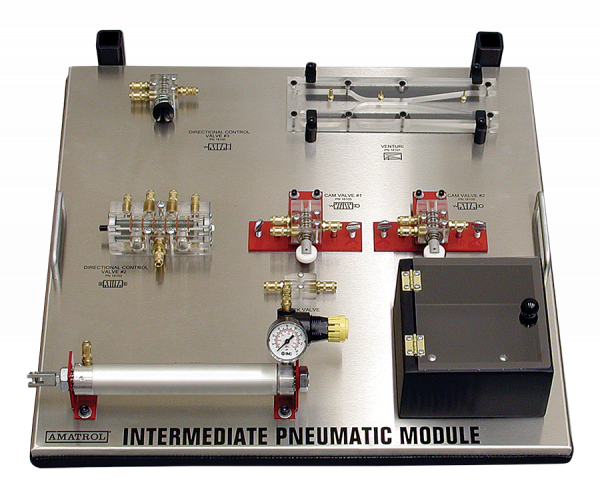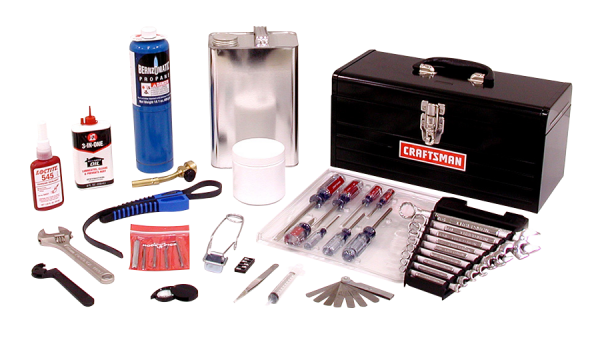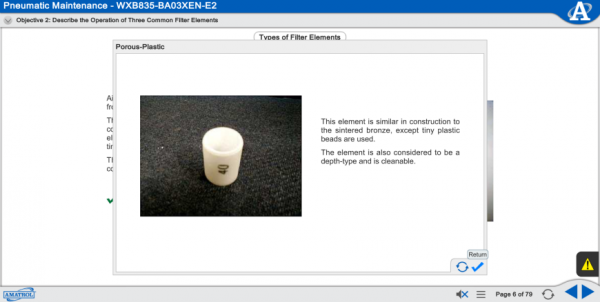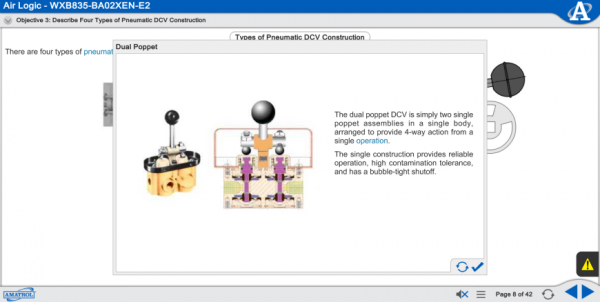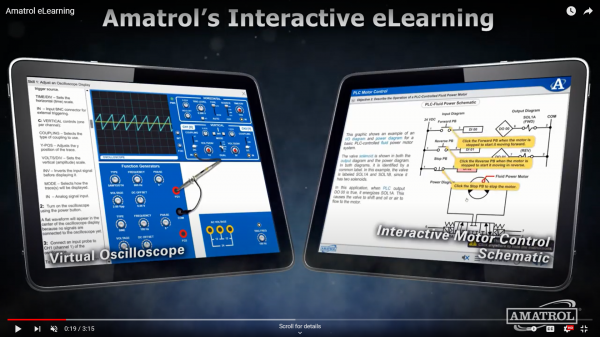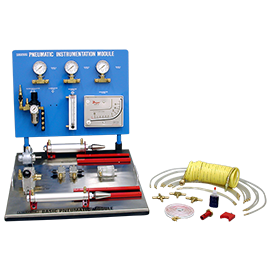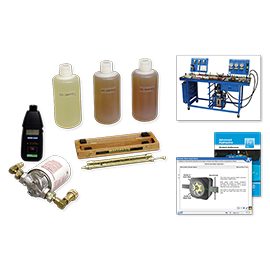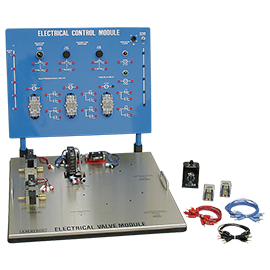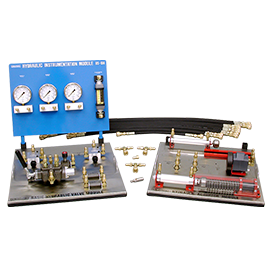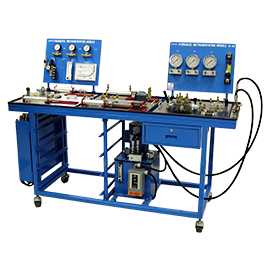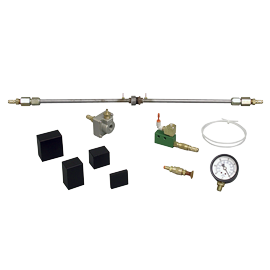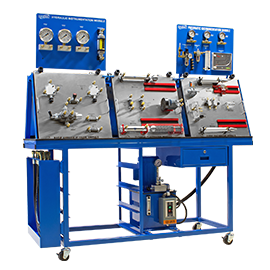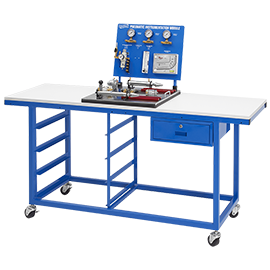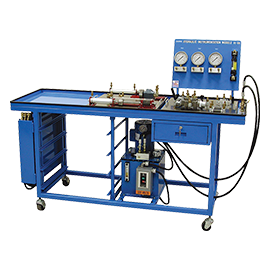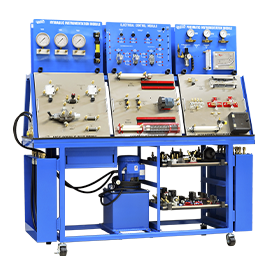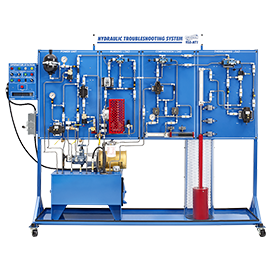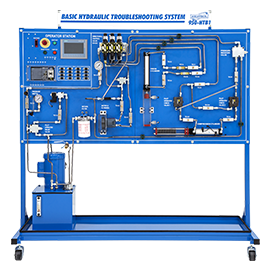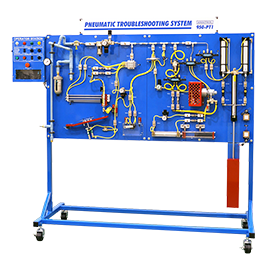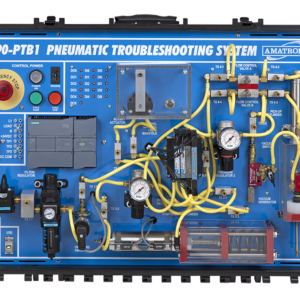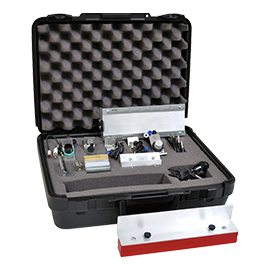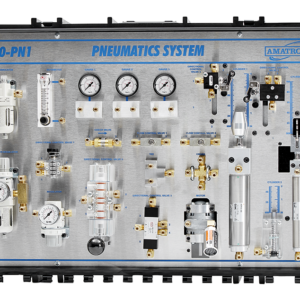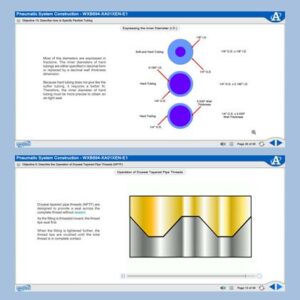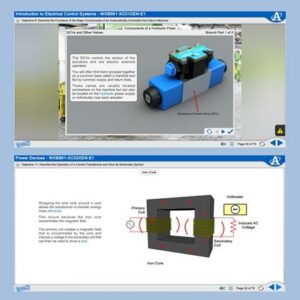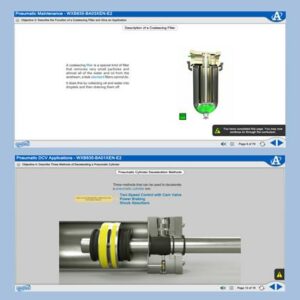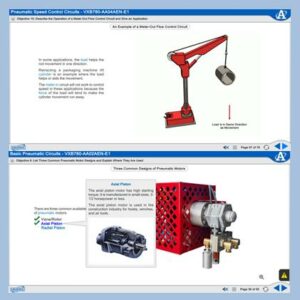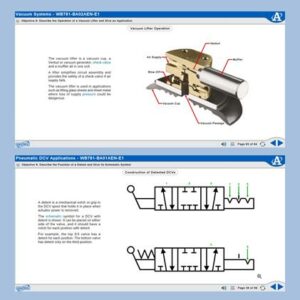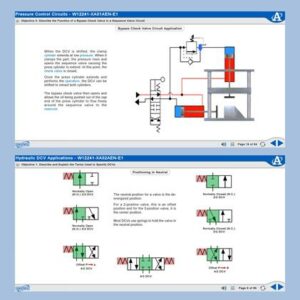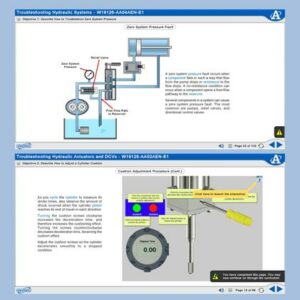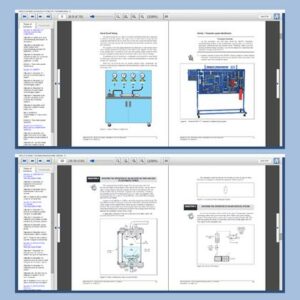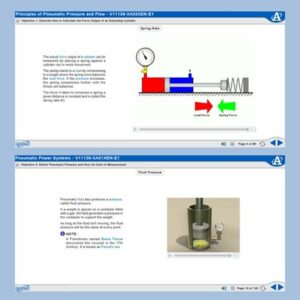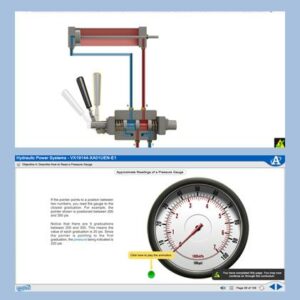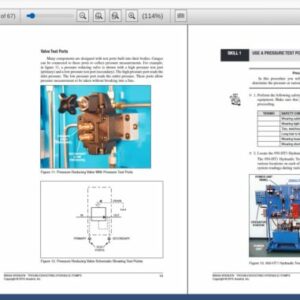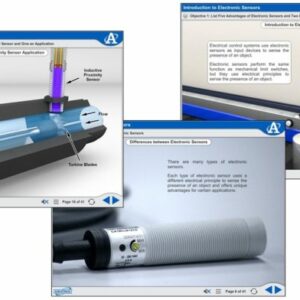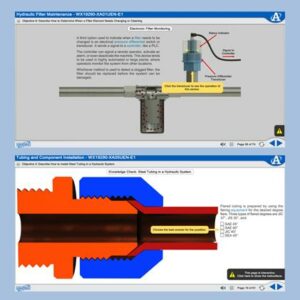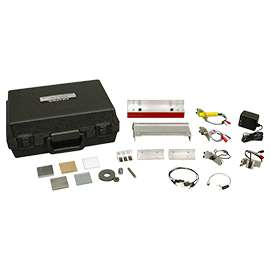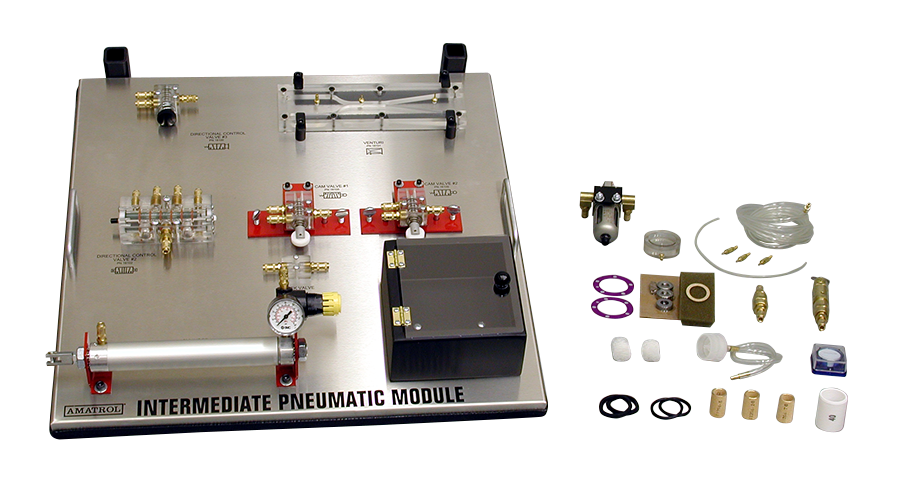
A sample copy of the Intermediate Pneumatics Student Reference Guide is also included with the system for your evaluation. Sourced from the system’s curriculum, the Student Reference Guide takes the entire series’ technical content contained in the learning objectives and combines them into one perfectly-bound book. Student Reference Guides supplement this course by providing a condensed, inexpensive reference tool that learners will find invaluable once they finish their training, making it the perfect course takeaway.
- Basic Pneumatics (850-P1) OR Basic Fluid Power (850-C1) OR Basic Pneumatics (85-BP)
- Hand Tool Package (41221)
- Compressed air source
- 850-CTB-A OR 6' Workstation (82-610)
Amatrol’s Intermediate Pneumatics Training System (85-IP) builds on basic pneumatic skills by introducing more advanced concepts such as air logic, ways to decelerate a pneumatic cylinder, and how to prevent condensation in a pneumatic circuit. Learners will have the opportunity to study these concepts while working with a hands-on training module, which enables practicing skills such as connecting and operating a two-way valve and changing an air filter element; this approach of simultaneously teaching theory and practice reinforces each element and results in a thorough understanding of the topic.
The Intermediate Pneumatics training system includes directional control valves, check valve, pneumatic cylinder, Venturi block, assorted filter elements, and much more. Amatrol’s commitment to using top-flight, industry-standard materials ensures that learners work with components they’ll actually see on the job. This attention to quality and detail culminates in a durable, attractive, user-friendly industrial training system that will last for years.
After completing the Intermediate Pneumatics curriculum, learners can continue to build on these skills by moving on to Amatrol’s Advances Pneumatics (85-AP) and the Pneumatics Troubleshooting (950-PT1) training systems. Advanced Pneumatics covers topics such as motor loads, pneumatic cylinder loads, and quick exhaust valves, while Pneumatic Troubleshooting is the first product to offer a realistic troubleshooting experience for learners because the faults are inserted throughout the system.

